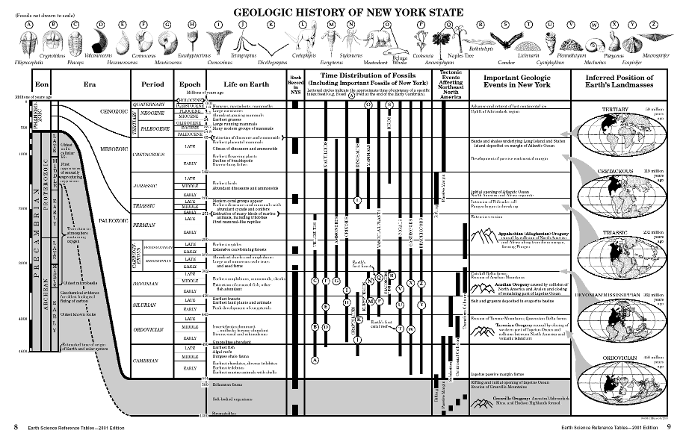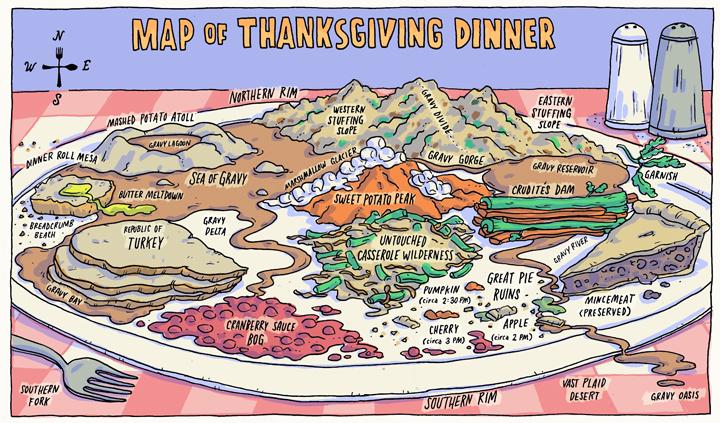

|
key concepts worksheets KEY.pdf Size : 1640.476 Kb Type : pdf |




|
Who Wants To Be A Millionaire template.ppt Size : 5498.5 Kb Type : ppt |

|
Jeopardy Template.ppt Size : 2440 Kb Type : ppt |

|
Are You Smarter Than a 5th Grader Template.ppt Size : 4977.5 Kb Type : ppt |

|
Taboo Template.doc Size : 87.5 Kb Type : doc |

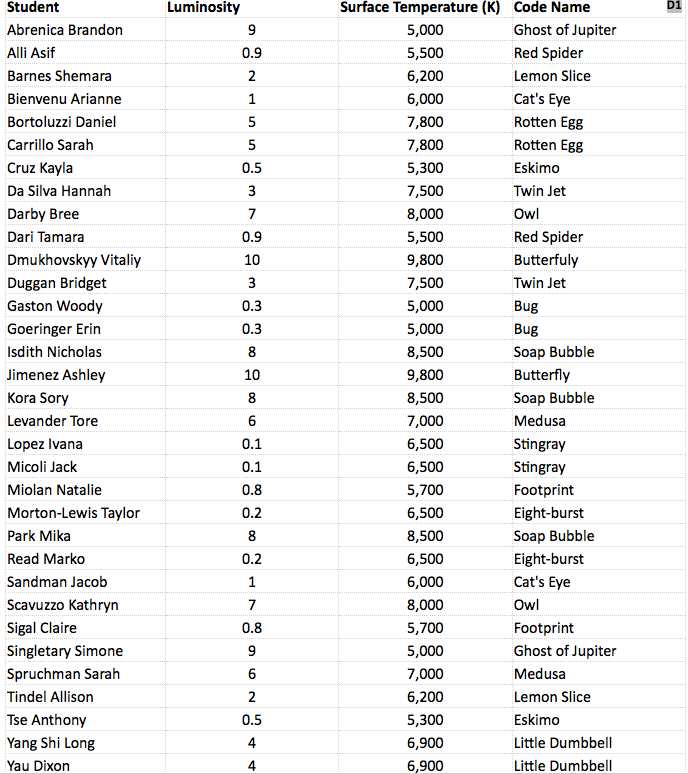

|
Astronomy_Diagnostic.pdf Size : 804.856 Kb Type : pdf |



|
Moon Pops.pdf Size : 1523.761 Kb Type : pdf |
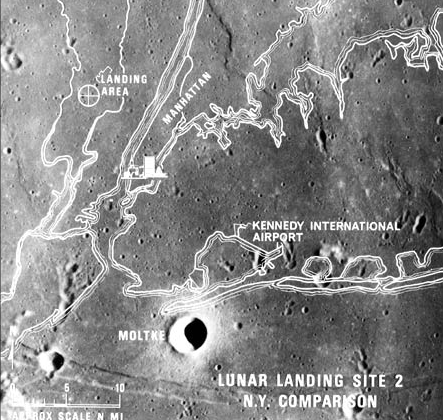
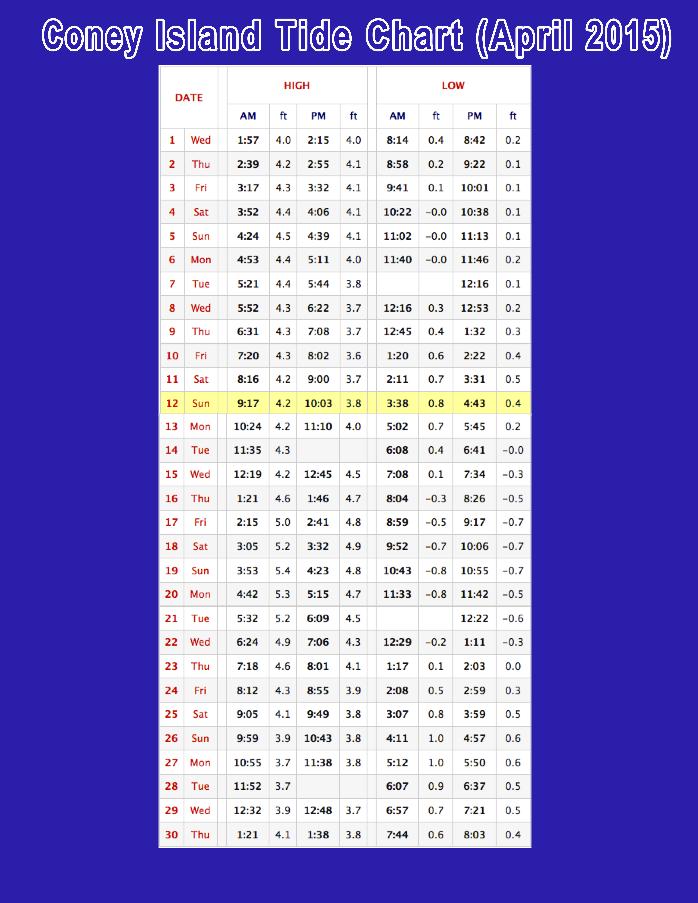

|
AMNH Nature's Fury Exhibit Assignment.pdf Size : 27.195 Kb Type : pdf |

|
April_3.pdf Size : 59.736 Kb Type : pdf |

|
April_4.pdf Size : 75.618 Kb Type : pdf |

|
April_5.pdf Size : 1477.732 Kb Type : pdf |

|
April_6.pdf Size : 1096.525 Kb Type : pdf |

|
April_7.pdf Size : 978.82 Kb Type : pdf |

|
April_8_.pdf Size : 1594.62 Kb Type : pdf |

|
April_9.pdf Size : 256.101 Kb Type : pdf |

|
April_10.pdf Size : 365.376 Kb Type : pdf |


|
Seasons_Learning_Check.pdf Size : 396.822 Kb Type : pdf |

|
ES1 Notes | Solstice and Equinox.docx Size : 179.277 Kb Type : docx |

|
ES1 Notes | Seasons for an Observer in New York.docx Size : 15.569 Kb Type : docx |

|
ES1 Notes | Insolation.docx Size : 664.77 Kb Type : docx |

|
ES1 Notes | Eccentricity.docx Size : 30.991 Kb Type : docx |

|
ES1 Notes | Path of the Sun.docx Size : 176.003 Kb Type : docx |

|
ES1 Notes | Important Lines of Latitude.docx Size : 1162.439 Kb Type : docx |

|
Meteorology_Final_W.pdf Size : 637.116 Kb Type : pdf |

|
8.6 Worksheet | Earth's Atmosphere Exploration Notes.doc Size : 109 Kb Type : doc |

|
Argumentative essay rubrics-1.pdf Size : 1166.381 Kb Type : pdf |
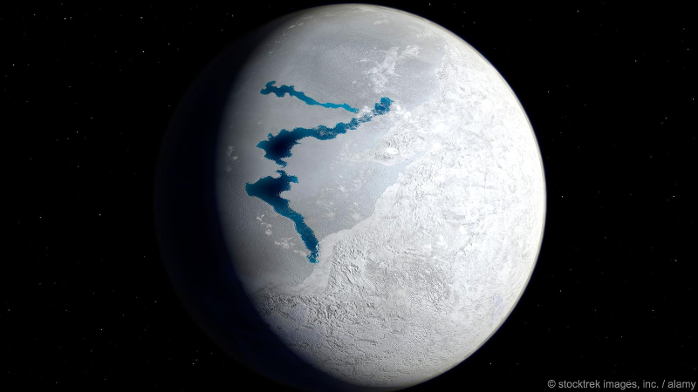

|
Water Movement Virtual Lab.docx Size : 123.603 Kb Type : docx |

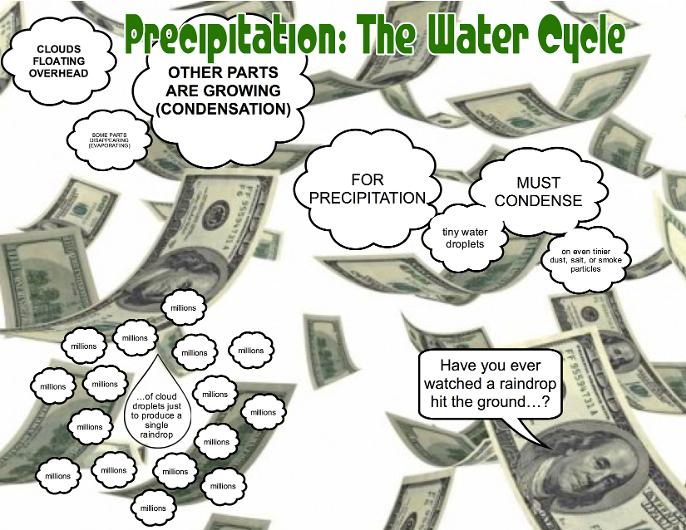

|
Water Cycle Note Sheet.docx Size : 85.229 Kb Type : docx |

|
The_Water_Cycle.pdf Size : 1729.166 Kb Type : pdf |
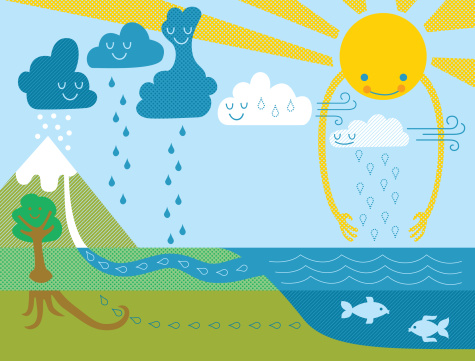



|
Decoding_Topographic_Maps.pdf Size : 318.139 Kb Type : pdf |



|
Relative Dating of Bedrock.docx Size : 446.068 Kb Type : docx |

|
Relative Dating of Bedrock Notes.docx Size : 72.047 Kb Type : docx |

|
Relative_Dating_of_Bedrock.pdf Size : 767.501 Kb Type : pdf |


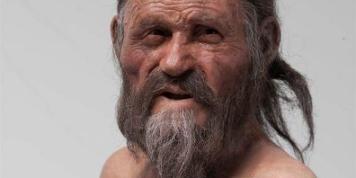
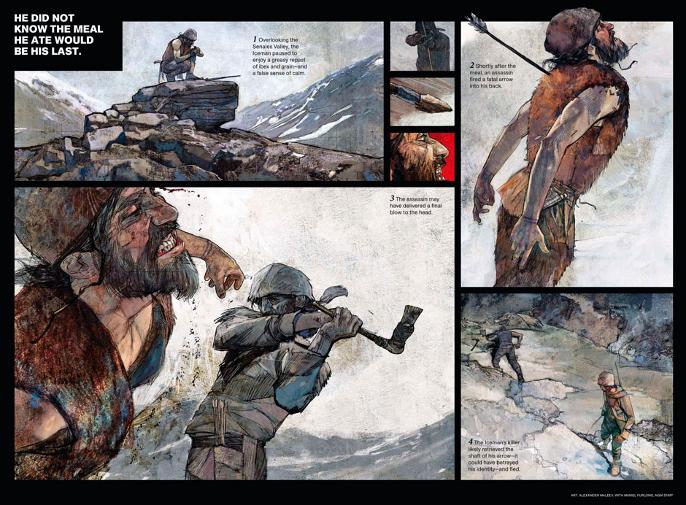

|
Quarterly_Practice_Exam.pdf Size : 347.695 Kb Type : pdf |

|
Quarterly Practice Exam Answer Key .pdf Size : 32.998 Kb Type : pdf |
